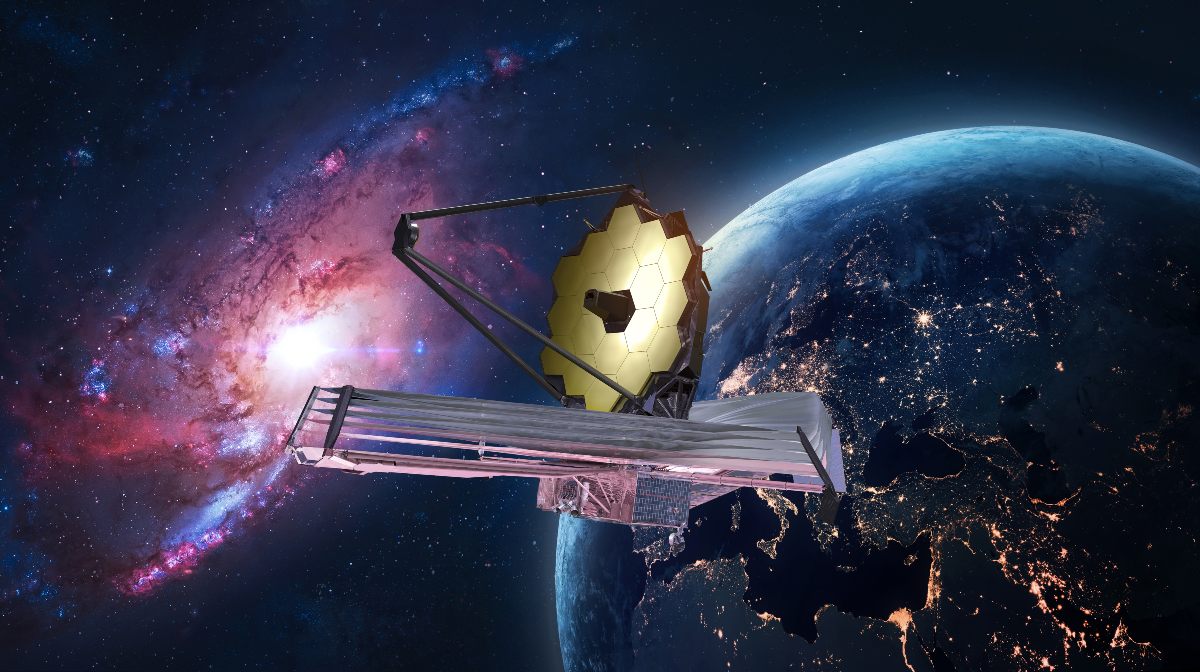Astronomers are trying to unravel the mysterious radio waves received by the Canadian Hydrogen Intensity Mapping Experiment (CHIME) telescope, launched last year at the Dominion Astrophysical Observatory in British Columbia, Canada.
So far, it is known that the radio waves, called FRB, come from a very distant galaxy, the exact source of their origin, as well as their nature, being unknown so far.
FRB
Known as Fast Radio Burst (FRB), these signals pass through space with immense power. The most visionary even speculate that they could be signals from an unknown civilization.
Researcher Duncan Lorimer, in conjunction with David Narkevic were the first to find these radio bursts in 2007: that is why they are sometimes referred to as Lorimer bursts.
What is certain so far is that FRBs last only a few milliseconds and can be detected in radio. Most of them were detected by the Parkes radio telescope, and more recently by CHIME, with a frequency of 580 MHz. Of the RBFs detected, about 60 are unique and two are repeated.
One of the peculiarities that most attracts the attention of researchers in the recurring FRBs is that the signal allowed to approach quite accurately to the place where they come from: a celestial object located quite far from the outer limits of the Milky Way.
Another fact is that, according to Argentine CONICET researcher Florencia Viyero, the first bursts detected had been captured at a different frequency, while those perceived by CHIME were the lowest ever recorded, which broadens the frequency range of the FRBs and, in fact, opens up a range of possibilities for researchers.
CHIME
The CHIME telescope is located in the Okanagan Valley, British Columbia. It has four semi-cylindrical antennas about 100 meters long. Since it was commissioned last year, it has scanned the northern hemisphere sky constantly.
In addition, the device was able to detect 13 of the total 60 FRBs recorded and the results were published in the journal Nature. Therefore, according to University of British Columbia astrophysicist Ingrid Stairs, “knowing that there is another sound event suggests that there could be more out there”.
Origins of the FRBs
So far, the origin of these strange waves is speculation. Some scientists bet that they come from two merging neutron stars. Others believe that FRBs may come from a neutron star with an intense magnetic field that rotates very rapidly. However, there is no shortage of people saying that the signals could be from some form of extraterrestrial life.
Image courtesy of https://www.20minutos.es, all rights reserved.




